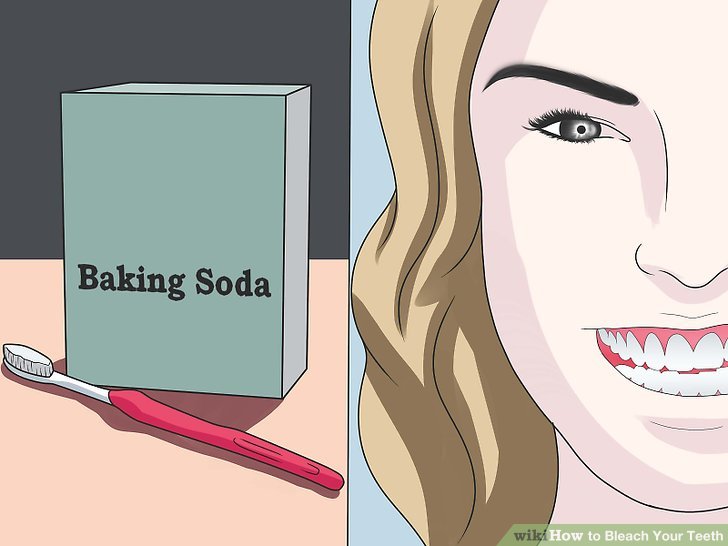Bleach Your Teeth Wisely: Enamel Protection Tips

The quest for a dazzling smile has led many to explore the world of teeth bleaching, but caution is advised to protect the delicate enamel that shields our teeth. The enamel, the hardest substance in the human body, is vulnerable to erosion and sensitivity when exposed to bleaching agents. Understanding the intricacies of teeth bleaching and implementing enamel protection strategies is crucial for a safe and effective teeth whitening experience.
The Anatomy of Tooth Enamel
Tooth enamel, composed primarily of minerals such as hydroxyapatite, is a protective barrier that guards against decay and sensitivity. However, its hardness also makes it prone to abrasion and erosion, especially when subjected to acidic or abrasive substances. The structure of enamel is complex, with tiny gaps and ridges that can trap stains and bacteria, leading to discoloration and potential damage.
The Bleaching Process: Understanding the Risks
Teeth bleaching, whether through professional dental treatments or at-home kits, involves the use of peroxides (hydrogen peroxide or carbamide peroxide) to break down stains and whiten teeth. While effective, these peroxides can penetrate the enamel and reach the dentin, a softer layer beneath the enamel, potentially causing sensitivity and weakening the tooth structure. Overuse or misuse of bleaching agents can lead to irreversible damage, emphasizing the need for cautious and informed bleaching practices.
Strategies for Enamel Protection During Bleaching
Pre-Bleaching Assessment: Before embarking on any bleaching treatment, a thorough dental examination is essential. This assessment helps identify any pre-existing conditions such as cavities, gum recession, or enamel erosion that could be exacerbated by bleaching.
Customized Bleaching Trays: For at-home bleaching, using customized trays that fit snugly over your teeth can help minimize the amount of bleaching agent that comes into contact with your gums and other soft tissues, reducing the risk of irritation and ensuring the agent is applied evenly and safely.
Lower Concentration Bleaching Agents: Opting for lower concentration peroxide bleaching agents can reduce the risk of enamel damage and sensitivity. These may require longer treatment durations but offer a safer alternative for those concerned about enamel health.
Desensitizing Toothpaste: Using a desensitizing toothpaste before, during, and after the bleaching process can help mitigate sensitivity. These toothpastes often contain potassium nitrate or strontium chloride, which help block the dentinal tubules in the teeth, reducing the pathways for sensitivity.
Minimizing Bleaching Frequency and Duration: Limiting the frequency and duration of bleaching treatments is vital. Overbleaching can lead to significant enamel damage and prolonged sensitivity. It’s crucial to follow the recommended treatment schedule and avoid excessive use.
Post-Bleaching Care: After bleaching, maintaining good oral hygiene practices, including regular brushing with a fluoride toothpaste and flossing, can help remineralize and strengthen the enamel. Avoiding consuming staining foods and beverages for at least 24 hours post-bleaching can also help in maintaining the whitening effects.
Advanced Enamel Protection Techniques
For those seeking additional protection or who have experienced enamel erosion, advanced dental procedures and products can offer enhanced enamel preservation. Dental sealants, applied to the surfaces of teeth, can create a physical barrier against stains and bleaching agents. Additionally, nano-hydroxyapatite toothpastes and varnishes have shown promise in remineralizing and strengthening tooth enamel, potentially reversing early stages of erosion.
Conclusion
The pursuit of a whiter, brighter smile must be balanced with the imperative to protect the tooth enamel. By understanding the risks associated with teeth bleaching and adopting prudent enamel protection strategies, individuals can achieve their desired level of whitening while safeguarding their dental health. It’s essential to approach teeth bleaching with wisdom, recognizing that a healthy, protected smile is the ultimate goal of any cosmetic dental treatment.
FAQ Section
How often can I safely bleach my teeth without damaging the enamel?
+The frequency of teeth bleaching depends on the method and concentration of the bleaching agent. Generally, it's recommended to wait at least 6 months between bleaching treatments to minimize enamel damage and sensitivity. Always consult with a dental professional for personalized advice.
What are the signs of enamel erosion, and how can I prevent it during teeth bleaching?
+Signs of enamel erosion include tooth sensitivity, visible dents or cracks on the surface of the teeth, and a yellowish or transparent appearance. To prevent enamel erosion during teeth bleaching, use low-concentration peroxide gels, customize your bleaching trays, and follow the recommended treatment duration and frequency. Regular dental check-ups and good oral hygiene are also crucial.
Can I use desensitizing toothpaste as a preventative measure before bleaching my teeth?
+Yes, using a desensitizing toothpaste before, during, and after the bleaching process can help reduce sensitivity. These toothpastes contain ingredients like potassium nitrate or strontium chloride that block the dentinal tubules, lessening the discomfort associated with bleaching. However, it's essential to choose a toothpaste that also contains fluoride to help strengthen the enamel.
By adopting a cautious and informed approach to teeth bleaching, individuals can enjoy the benefits of a brighter smile while preserving the health and integrity of their tooth enamel. Remember, the longevity and beauty of your smile depend on the balance between aesthetic enhancement and diligent enamel protection.

